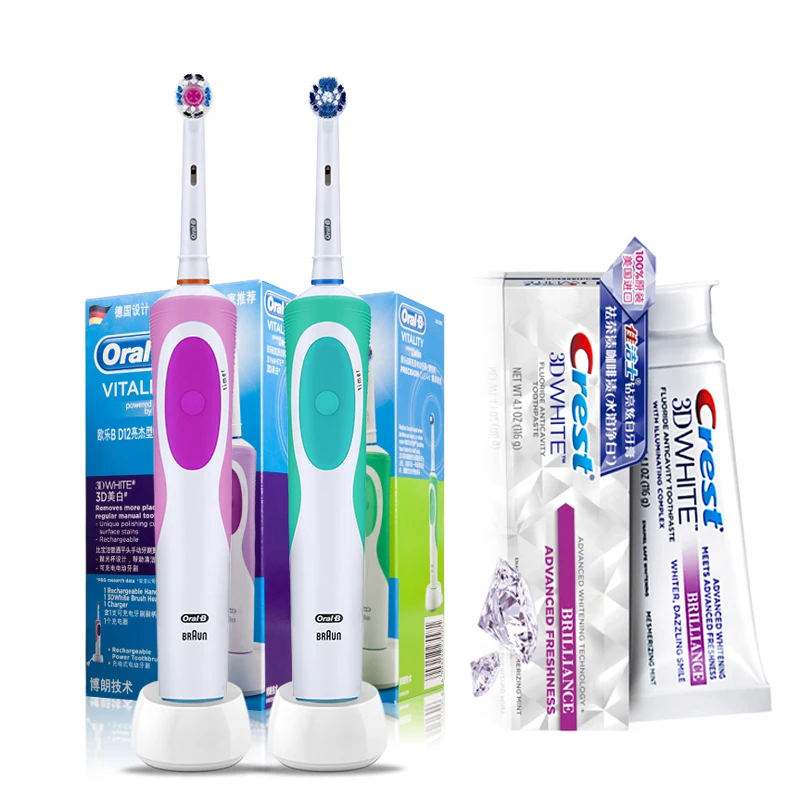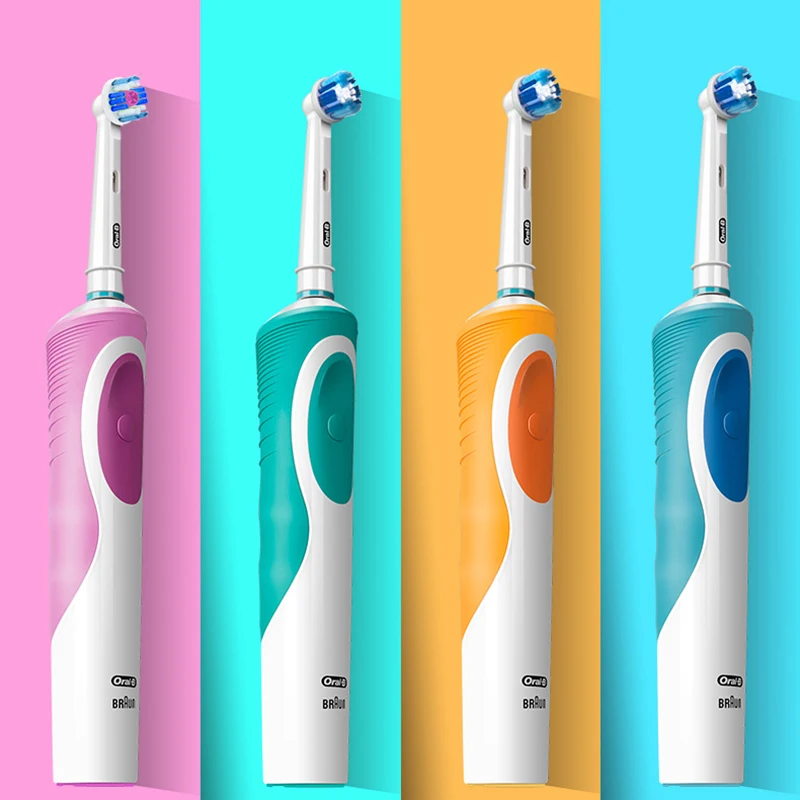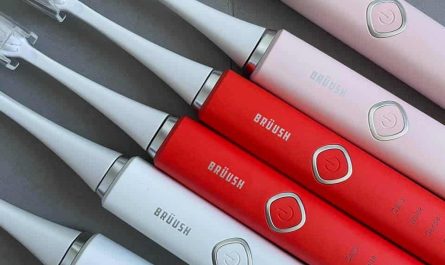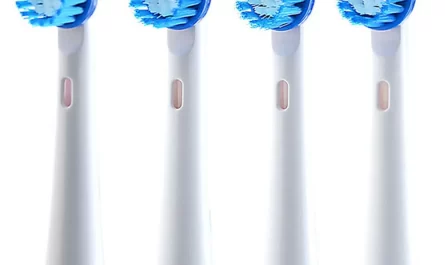When it comes to maintaining oral hygiene, the electric toothbrush has become a popular choice among many individuals. One frequently asked question surrounding this reliable tool is: Do you put toothpaste on an electric toothbrush? The answer may seem straightforward, yet it opens the door to a broader discussion regarding oral care, the different types of toothbrushes available, and best practices in brushing technique. In this article, we’ll delve into these topics and more to help provide clarity on the use of toothpaste with electric toothbrushes.
Understanding Electric Toothbrushes
What Is an Electric Toothbrush?
An electric toothbrush is a powered toothbrush that automates the brushing process using oscillating, rotating, or sonic actions to enhance plaque removal and improve oral hygiene. Unlike manual toothbrushes, which rely on the user’s technique and consistency, electric toothbrushes provide a more efficient and effective cleaning experience due to their mechanical movements.
Types of Electric Toothbrushes
- Rotating/oscillating toothbrushes: These toothbrushes feature heads that rotate in a circular motion. Their design effectively removes plaque from teeth and gum lines.
- Sonic toothbrushes: Sonic toothbrushes utilize high-frequency vibrations to generate rapid bristle movements, resulting in improved cleaning efficacy. The vibrations create fluid motion in the mouth, providing a cleaning effect even in areas that the bristles may not directly reach.
- Ultrasonic toothbrushes: These are a higher-end category designed to emit ultrasonic waves, which can disrupt plaque beyond the reach of bristles.
Each type comes with its own set of benefits, but they all serve the primary purpose of dental hygiene. Regardless of the type, users often ponder whether to apply toothpaste directly onto an electric toothbrush.
Why Use Toothpaste?
The Role of Toothpaste
Toothpaste serves multiple purposes in oral hygiene. It assists in:
- Cleaning Teeth: Toothpaste contains mild abrasives that help remove food particles and plaque from the teeth.
- Fluoride: Most commercial toothpastes are fortified with fluoride, a mineral that helps strengthen tooth enamel and prevent cavities.
- Freshening Breath: Many toothpastes include flavoring agents that enhance breath freshness.
- Stain Removal: Certain types of toothpaste contain specialized cleaning agents that can help reduce surface stains, providing a brighter smile.
Selecting the Right Toothpaste
Choosing the right toothpaste is crucial for effective oral hygiene. Here are a few factors to consider:
- Fluoride Content: Look for toothpaste containing fluoride, as it helps in strengthening enamel.
- Specific Needs: There are toothpaste varieties designed for sensitive teeth, whitening, or tartar control.
- Artificial Ingredients: If you prefer natural products, consider toothpaste brands that avoid artificial additives or harsh chemicals.
Do You Put Toothpaste on Electric Toothbrush?
Returning to our initial question—Do you put toothpaste on an electric toothbrush?—the answer is yes. You can apply toothpaste directly to the brush head of an electric toothbrush. Here’s how to do it properly.
Best Practices for Using Toothpaste with Electric Toothbrushes
- Select the Right Amount: Use a pea-sized amount of toothpaste. Too much toothpaste can create excessive foaming, making it challenging to manage during brushing.
- Wet the Brush Head (Optional): Some individuals prefer to wet the brush head before applying toothpaste. This can help reduce foaming and create a smoother application.
- Positioning the Toothbrush: Place the toothbrush in your mouth before turning it on. This helps contain any sudden splattering of toothpaste or water.
- Start Brushing: Once the toothbrush is in your mouth, turn it on and start brushing at a 45-degree angle against your gums. Allow the electric toothbrush to do its job without applying excessive pressure.
Brushing Technique
Though the electric toothbrush simplifies the brushing process, it’s essential to follow proper techniques to maximize effectiveness:
- Brush for Two Minutes: Aim to brush for at least two minutes, ensuring all teeth surfaces—front, back, and chewing surfaces—are adequately cleaned.
- Focus on Sections: Divide your mouth into quadrants and spend 30 seconds on each section to ensure a thorough cleaning.
- Don’t Forget the Tongue: Bacteria can accumulate on your tongue; gently brush it to further freshen your breath and enhance oral hygiene.
- Rinse Thoroughly: After brushing, rinse your mouth with water to remove toothpaste residue and loosened debris.
Additional Considerations and Tips
Should You Use Special Toothpaste for Electric Toothbrushes?
Most standard toothpaste works well with electric toothbrushes. However, some brands provide specially formulated toothpaste that may enhance cleaning efficiency. Always consult your dentist for personalized recommendations.
Maintenance of Your Electric Toothbrush
To ensure optimal performance and longevity of your electric toothbrush:
- Replace the Brush Head: Change the brush head every three to four months or when the bristles become frayed.
- Clean the Toothbrush: After each use, rinse the brush head to remove any toothpaste residue. Avoid submerging the toothbrush in water, as many models are not waterproof.
- Store Properly: Keep your toothbrush in an upright position, allowing it to air dry. This helps minimize bacterial growth.
Common Misconceptions
- Electric Toothbrushes Are Better without Toothpaste: This is a myth. Although brushing without toothpaste can still remove some debris, it’s not as effective or beneficial for oral hygiene.
- More Toothpaste Equals Better Cleaning: Using excessive toothpaste does not lead to better results. A pea-sized amount is sufficient for maximum effectiveness.
Debunking Myths about Electric Toothbrushes
Myth: Electric Toothbrushes Can Damage Your Enamel
While it’s true that aggressive brushing can lead to enamel wear, electric toothbrushes are designed to minimize this. Just be sure to use proper technique and let the toothbrush do the work.
Myth: Electric Toothbrushes Are Only for Adults
Electric toothbrushes are suitable for all ages. There are specially designed models for children that come with fun designs and features to make brushing more engaging.
Myth: All Electric Toothbrushes Are the Same
This is far from the truth. As mentioned earlier, there are various types of electric toothbrushes with different mechanisms and benefits. It’s essential to choose the one that fits your brushing needs.
The Future of Oral Hygiene Tools
Advancements in Technology
The realm of dental hygiene is witnessing new technologies that integrate smart features. Many electric toothbrushes now come equipped with:
- Bluetooth Connectivity: Some models allow users to sync their toothbrushes with mobile applications for tracking brushing habits.
- Pressure Sensors: These sensors alert users if they are applying too much pressure while brushing, helping to prevent enamel erosion and gum recession.
- Timer Features: Many electric toothbrushes come with built-in timers that notify users when they have brushed for the recommended two minutes.
Environmentally Friendly Options
As consumers become more eco-conscious, the market sees a rise in sustainable options for personal hygiene. Bamboo electric toothbrushes, biodegradable brush heads, and refillable toothpaste tubes are just a few examples of how the industry is evolving to be more environmentally friendly.
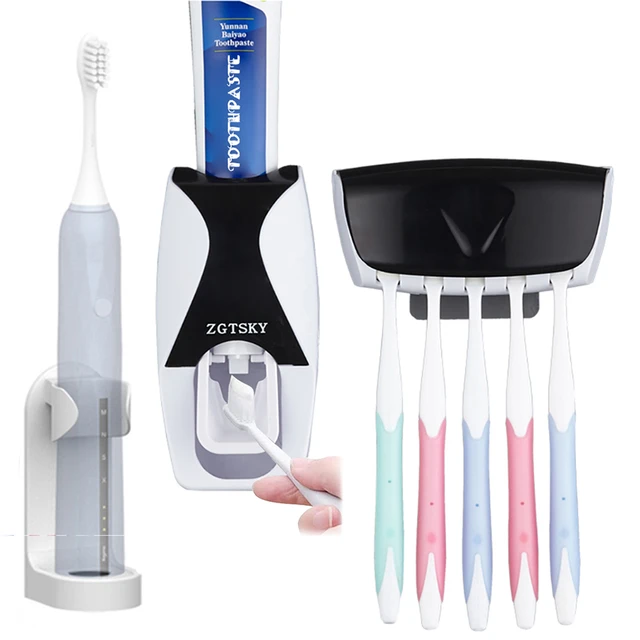 Oral Hygiene Practices
Oral Hygiene Practices
Daily Routine
Incorporate your electric toothbrush into a daily routine for best results:
-
Brush Twice a Day: Aim to brush your teeth both in the morning and before bedtime.
- Floss Daily: Take the time to floss once a day to clean between teeth, where the toothbrush can’t reach.
- Use Mouthwash: Incorporating mouthwash can provide additional protection against cavities and gum disease.
Conclusion
So, in response to our central question—Do you put toothpaste on electric toothbrush?—the answer is definitively yes. Properly integrating toothpaste with an electric toothbrush enhances the effectiveness of your brushing routine and ensures optimal oral hygiene.
As we have explored, utilizing the right techniques and maintaining your electric toothbrush can significantly impact your dental health. It’s crucial to stay informed and adapt your practices to improve your oral care regimen continually. With the right tools and knowledge, you can cultivate a routine that helps maintain a bright and healthy smile for years to come.

